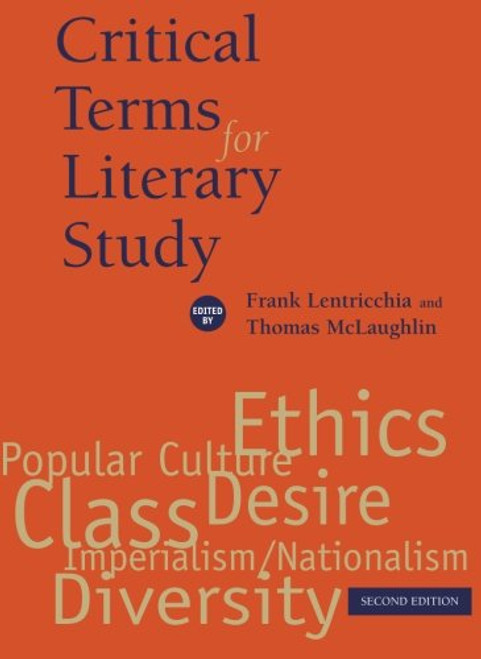Gender systems pervade and regulate human livesin law courts and operating rooms, ballparks and poker clubs, hair-dressing salons and kitchens, classrooms and playgroups. . . . Exactly how gender works varies from culture to culture, and from historical period to historical period, but gender is very rarelynotat work. Nor does gender operate in isolation. It is linked to other social structures and sources of identity.
So write womens studies pioneer Catharine R. Stimpson and anthropologist Gilbert Herdt in their introduction toCritical Terms for the Study of Gender, laying out the wide-ranging nature of this interdisciplinary and rapidly changing field. The sixth in the series of Critical Terms books, this volume provides an indispensable introduction to the study of gender through an exploration of key terms that are a part of everyday discourse in this vital subject.
Following Stimpson and Herdts careful account of the evolution of gender studies and its relation to womens and sexuality studies, the twenty-one essays here cast an appropriately broad net, spanning the study of gender and sexuality across the humanities and social sciences. Written by a distinguished group of scholars, each essay presents students with a history of a given termfrombodiestoutopiaand explains the conceptual baggage it carries and the kinds of critical work it can be made to do. The contributors offer incisive discussions of topics ranging fromdesire,identity,justice, andkinshiptolove,race, andreligionthat suggest new directions for the understanding of gender studies. The result is an essential reference addressed to students studying gender in very different disciplinary contexts.
So write womens studies pioneer Catharine R. Stimpson and anthropologist Gilbert Herdt in their introduction toCritical Terms for the Study of Gender, laying out the wide-ranging nature of this interdisciplinary and rapidly changing field. The sixth in the series of Critical Terms books, this volume provides an indispensable introduction to the study of gender through an exploration of key terms that are a part of everyday discourse in this vital subject.
Following Stimpson and Herdts careful account of the evolution of gender studies and its relation to womens and sexuality studies, the twenty-one essays here cast an appropriately broad net, spanning the study of gender and sexuality across the humanities and social sciences. Written by a distinguished group of scholars, each essay presents students with a history of a given termfrombodiestoutopiaand explains the conceptual baggage it carries and the kinds of critical work it can be made to do. The contributors offer incisive discussions of topics ranging fromdesire,identity,justice, andkinshiptolove,race, andreligionthat suggest new directions for the understanding of gender studies. The result is an essential reference addressed to students studying gender in very different disciplinary contexts.






